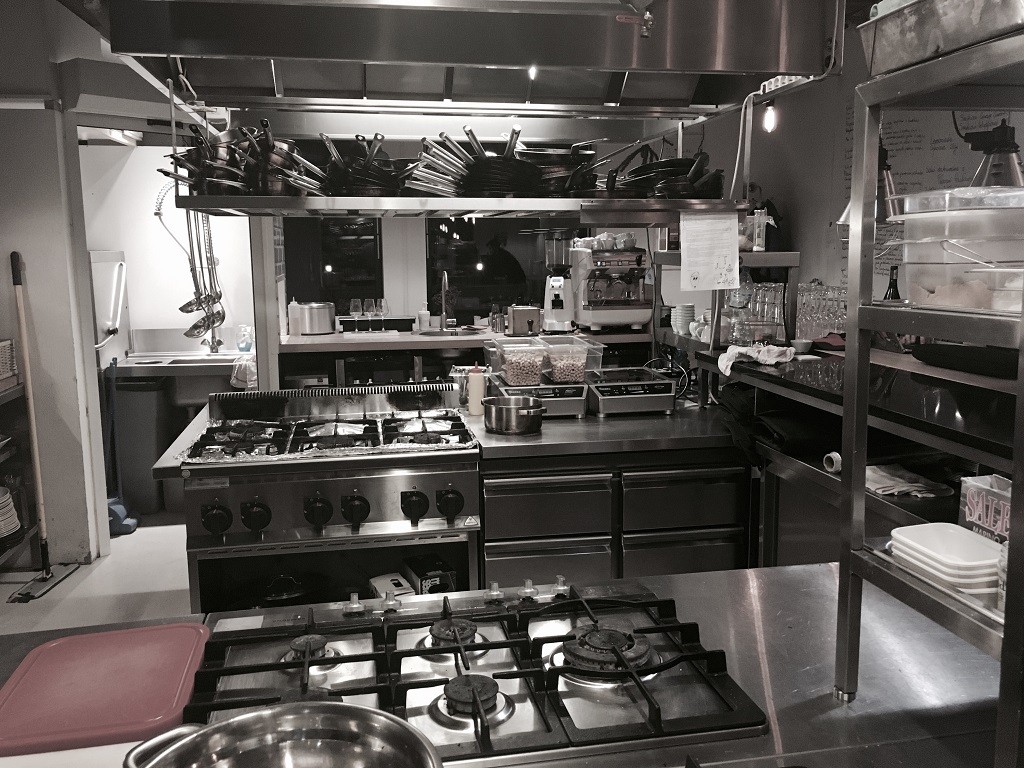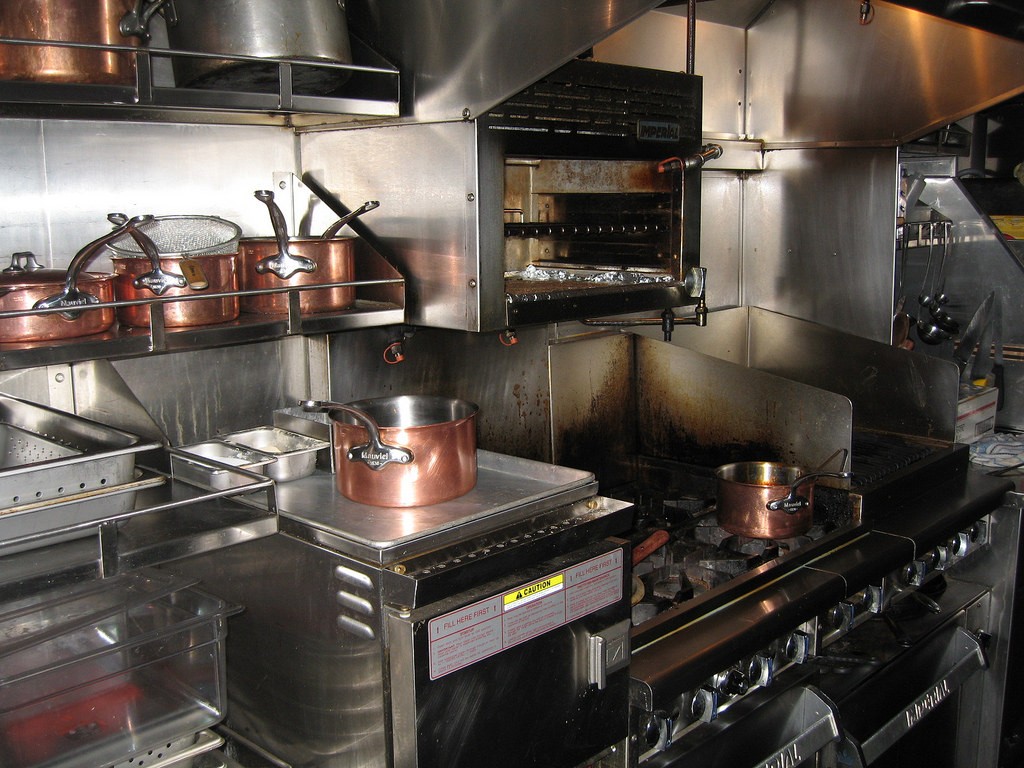Commercial kitchens can be cumbersome when it comes to relocating to a new kitchen. The equipment is usually heavy and bulky, and a lot can go wrong during the packing and moving process. Therefore, it is important that you focus on care, safety, and efficiency if you find yourself in a position where you need to relocate your restaurant’s kitchen. This will ensure any danger is eliminated and any chances of anything going wrong are significantly reduced. Following the steps below will ensure your relocation happens smoothly.
1. Proper Disconnection
The first thing you should do before even thinking about what to pack first is to disconnect all your appliances properly. This will guarantee protection against electrocution, burns, and any other risks associated with kitchen appliances.
Upon disconnection, let the appliances be for some time. This allows those that were in use to cool down and prevent injuries and coolers to thaw. Even if they were not in use, you should not take any chances. Let them be for some time. Also, ensure that no food is left in them to prevent the mess that would arise upon spoilage. Finally, correctly fold the cords to avoid damaging them.

2. Cleaning and Packaging
Make sure you thoroughly clean everything including plates, cutlery, and any other utensils. It would not make any sense to move with dirt into new place. Remove all the utensil racks and oven racks. Failing to do this will negatively impact on the equipment’s functionality.
Purchase quality-packaging supplies and pay close attention to small equipment and utensils. Ensure sharp and cutting objects, such as knives and grinders, are safely packaged and labeled. Packaging supplies should ideally be procured a few days before moving rather than on the day of moving. For appliances that can be disassembled, do so, and package each of the dismantled parts carefully.
3. Use a Shrink Film
Before loading up your equipment for transport, it is essential that you have them shrink-wrapped. The shrink film will prevent doors and drawers from opening during movement. It will also prevent debris and dust from finding their way through any gaps in the equipment. Aesthetically, the film will protect exterior surfaces against scratching.
4. Care When Loading for Transport
A lot of care should be taken when lifting heavy equipment. Ideally, local mover Cheap Movers Philadelphia (also in Trenton and Wilmington) recommends using specialized tools that will reduce the effort required to move the load such as lifting straps. Also, consider these safety measures:
- Ensure no one is subjected to injuries by incorrect lifting methods.
- Pay special attention to breakable items and set them in the safest possible position among other items.
- Use shock absorbers if necessary.

5. Organize Your Items
Relocating comes with an opportunity to set up perfectly your new kitchen. Get rid of any hazardous materials, surplus and worn out items.
Following all the above steps will ensure that the process is less stressful and little time is taken to move over and get up and running in your new location.


No Comments